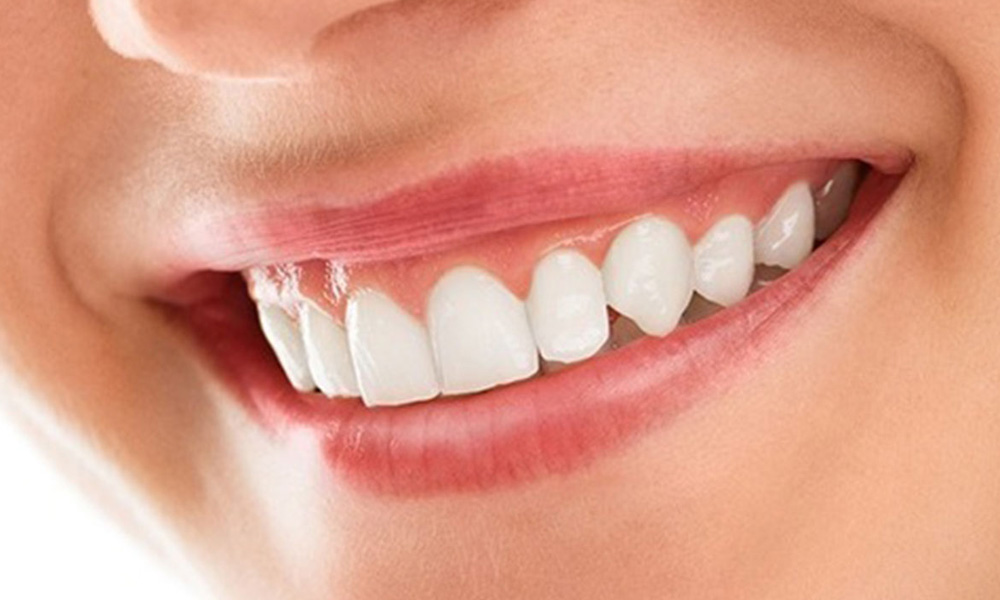When you become a mom, your baby becomes your top priority. You dedicate your whole time to your baby as you need to take good care of them and make sure the baby is well-nourished. But sometimes, new moms get stressed out from frequent feeding sessions, and in that case, a breast pump covered by insurance comes up as a godsend gift. Meanwhile, most people believe that breast pumps are beneficial only when you need to be separated from your baby, like continuing your job or going somewhere for a few hours. But that’s not true!
A breast pump is super helpful for mothers experiencing a drop in milk supply, plugged milk ducts, relieving engorged breasts, or pulling out inverted nipples so that the baby can latch more easily.
Different Types of Breast Pumps
There are three types of breast pumps: a manual pump, a battery-operated pump, and an electric breast pump. Scroll down and get some details about all of them.
Manual Pump
Manual breast pumps are the ones that are operated by squeezing a lever with your hand. First, you have to place the breast shield over the nipple and areola and then squeeze the lever; this creates a suction that helps express milk from the breast. This is the most inexpensive model of a breast pump.
Battery-Powered Pump
Battery-operated pumps come with a small motor that is powered by batteries. It is an excellent option for expressing milk when you are on the go, in a car, or aeroplane where you don’t have access to a power outlet. However, it is suitable for a mom who will be using it once in a while.
Electric Pump
Electric breast pumps are the most effective and powerful pumps in terms of suction strength. Though you may find it a bit expensive, most insurance companies cover these breast pumps. So if you are a working mom and would regularly use the pump, an electric pump is the best choice.
Choosing the Right Breast Pump
Breast pumps are beneficial for nursing mothers, but what if it is unable to express milk from your breasts. So to ensure this does not happen, consider the size of the pump flange when buying a breast pump.
A pump flange also called a breast shield, is a component that connects to your breast while pumping. The milk travels down the pump flange tunnel to the collecting device (or bottle). As such, it is always advisable to check the fit of the pump flange. Meanwhile, most breast pumps come with an average flange between 24 and 27 mm. However, you can even get a smaller or larger flange of size between 21 mm to 36 mm.
Why Is the Breast Pump’s Fit Important?
Not having the right size breast pump means you might not get the most amount of breast milk leading to blocked milk ducts. Besides this, a poor fit also causes nipple damage. Meanwhile, using a breast pump of the right size is more comfortable and increases your milk supply.
If you are a new mom, you might be wondering how to tell if yours is a good fit. So, here’s the answer:
- If you experience pain in your nipple while expressing, the size is inappropriate.
- There is no white circle at the base of your nipple.
- If you feel that the milk is not completely removed from your breasts, it is not suitable.
If you are interested in buying a breast pump covered by insurance, you need to call your insurance provider and ask them which type of pumps you are eligible for and whether they would need a prescription. Next, get in touch with an in-network medical equipment provider and place an order.




